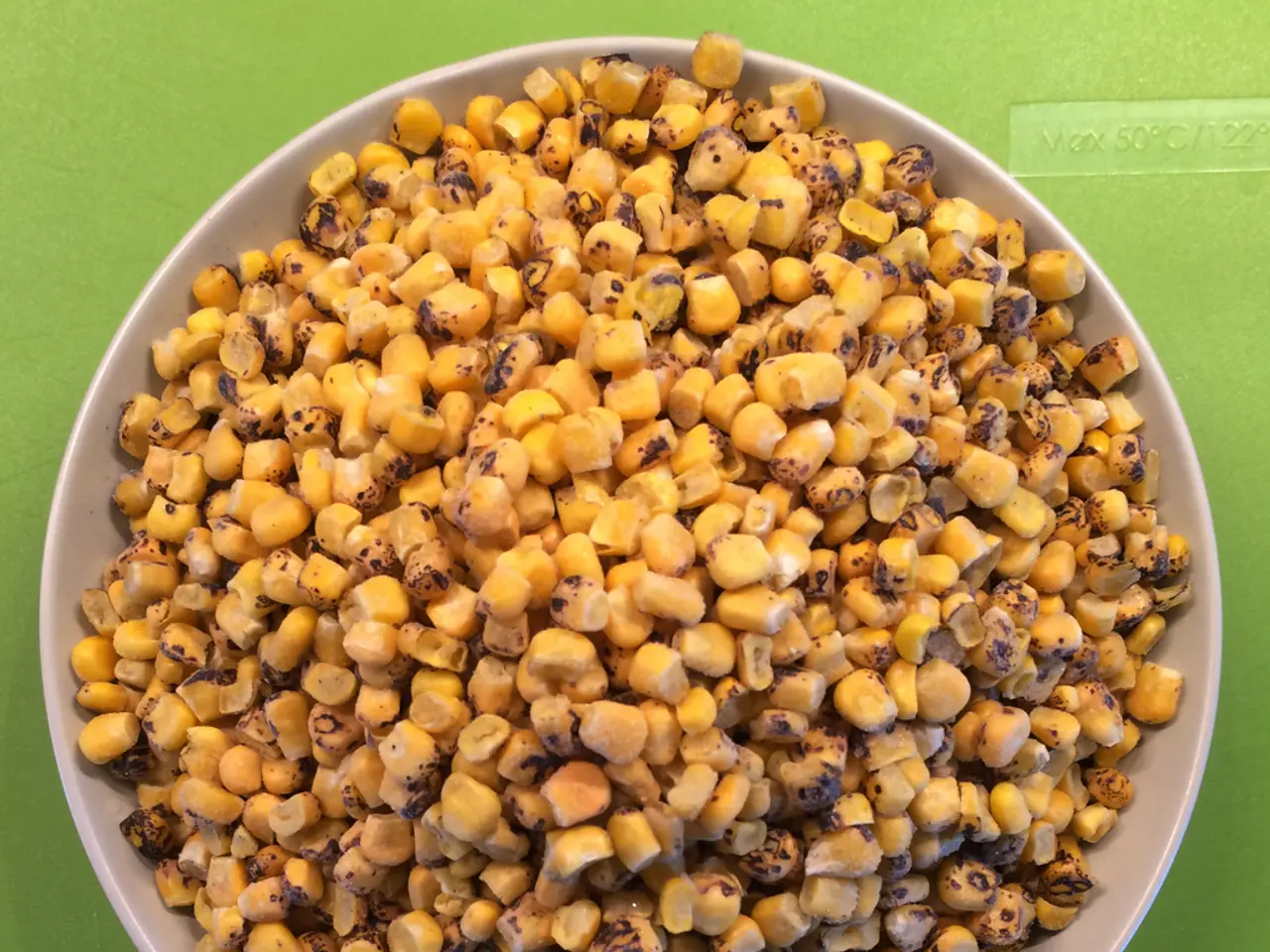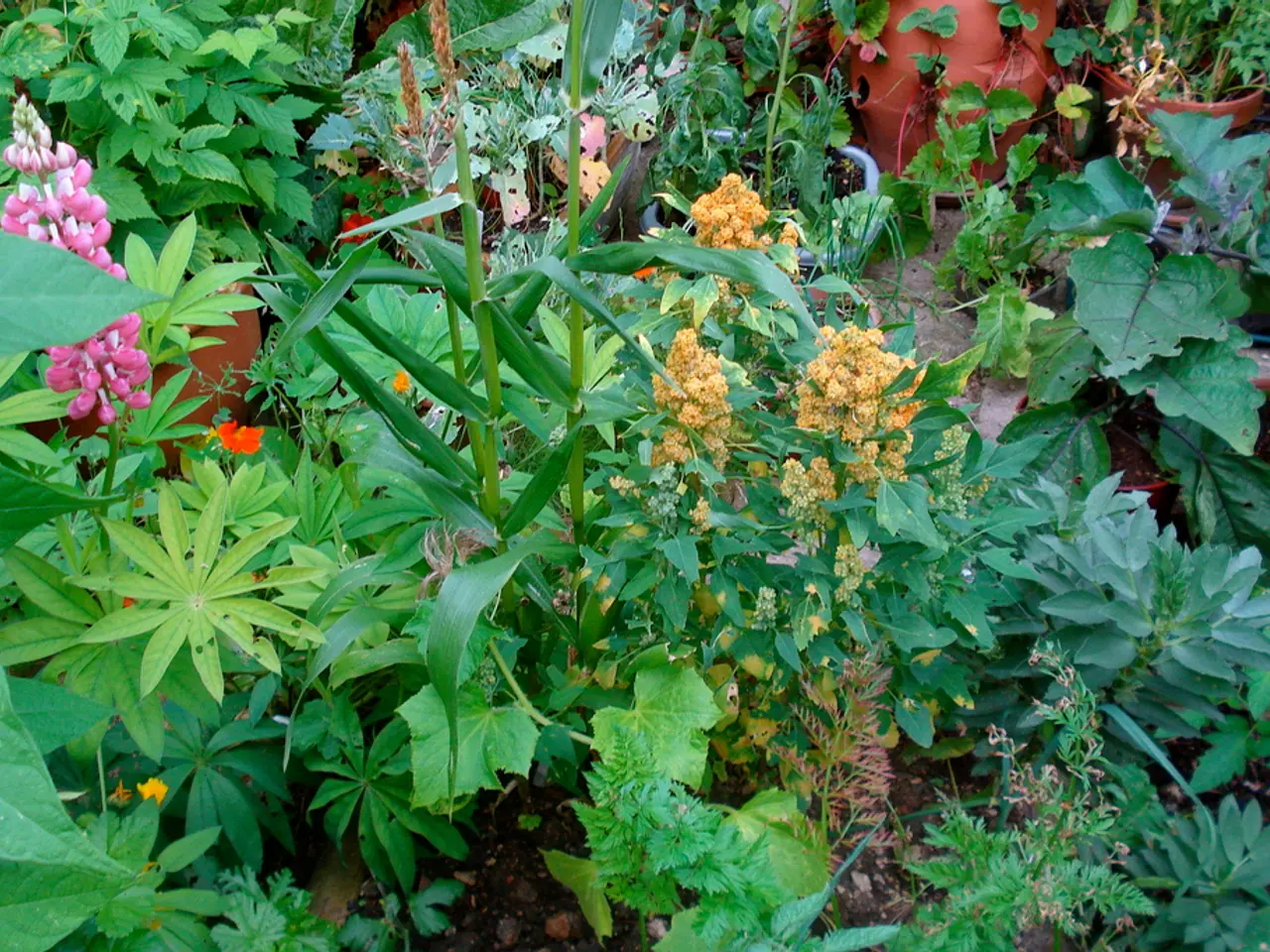Pruning a Christmas Cactus: Simplified Steps for a Healthier Plant
Christmas cactuses, these easy-going houseplants, don't usually require pruning. However, if your plant is overgrown or you're aiming to create multiple plants, it's time to give it a trim. This guide will walk you through the fundamentals of pruning a Christmas cactus, teaching you when and how to do it for better plant growth and improved blooming.
Christmas Cactus Pruning: Why Bother?
While Christmas cacti grow slowly and aren't necessarily in need of pruning like fast-growing plants like pothos, pruning these plants at the right moment and way can bring benefits without causing harm. Your decision to prune your Christmas cactus is a matter of personal preference, but here's why you might consider it:
- Appeal: Removing lengthy stem segments and dealing with damaged or discolored leaves can enhance your plant's visual appearance and give it a tidier, more alluring look.
- Space Constraints: A fully grown Christmas cactus can occupy as much as 3 feet in diameter. If you're limited on space, periodic pruning ensures your plant remains compact and fits easily in smaller areas.
- Increased Branching: Pinching off stem segments during growth promotes Christmas cacti to develop more branches and creates a fuller, bushier look.
- Enhanced Flowering: Pruning in the spring can help these plants flower more abundantly in the coming winter.
- Improved Airflow: Pruning an overgrown plant creates openings in the center, minimizing the risk of fungal diseases and making watering easier.
- Propagation: The main reason cultivators prune Christmas cacti is to gain additional plants as they root easily in soil or water, making excellent gifts.
When Is the Right Time to Prune a Christmas Cactus?
Before you grab the pruners, take note of the ideal time to trim your Christmas cactus. Timing plays a significant role in the plant's blooming potential, and pruning at the wrong moment could harm its flower buds and decrease blooming.
In general, the most suitable time for pruning Christmas cactuses is between January and February, soon after the plant finishes flowering. This pruning instigates fast growth too; however, if you miss the pruning window, you can still prune Christmas cacti throughout late spring.
If you grow other holiday cacti, such as Thanksgiving or Easter cactuses, they share similar pruning needs as the Christmas cactus. The key is to prune after they've completed flowering rather than following a set calendar.
How to Prune a Christmas Cactus
Though it is possible to prune Christmas cactuses using small scissors or pruners, pinching the stem segments with your fingernails or swiftly twisting them off commonly yield better results. Pruning in this manner reduces the damage to your plants and makes propagating stem cuttings simpler.
Christmas cacti can be pruned in various ways based on your objectives. If all you want is an enhanced appearance, deadheading old flowers may be all that's necessary. However, if you aim to keep your plant small or increase its branching, a more thorough pruning might be required.
Pruning Step by Step
- Deadheading: Remove wilting flowers by pinching them off with your fingers. Flowering stages usually span several weeks, so regularly pinching them keeps your plant looking tidy.
- Prune as Needed: After flowering, pinch or cut stem segments back by 1 to 2 stem segments to stimulate branching. If you would like to revitalize or minimize the size of your plant, trim stem segments back even further, but never remove more than 1/3 of the plant's stems at a time.
- Propagate Cuttings: If you want to propagate your Christmas cactus, take stem cuttings that are 3 to 5 stem segments long. Cuttings with Y-shapes are best for rooting, whereas shorter stems, containing just one stem segment, may not generate roots. After taking the cuttings, propagate them using water or rose root hormone in soil.
After pruning, you can further enhance your Christmas cactus by propagating the stem cuttings. These cuttings, consisting of 3 to 5 stem segments, can easily root in water or soil, providing you with additional houseplants. Regularly deadheading wilting flowers also contributes to maintaining the plant's tidy appearance during its flowering phases.







